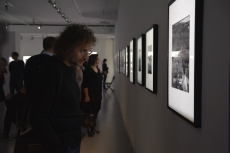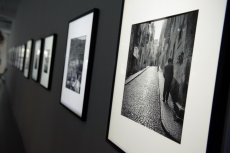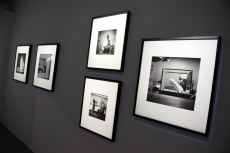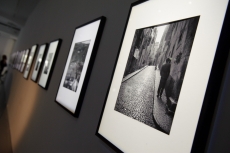Photographs 1945—1950
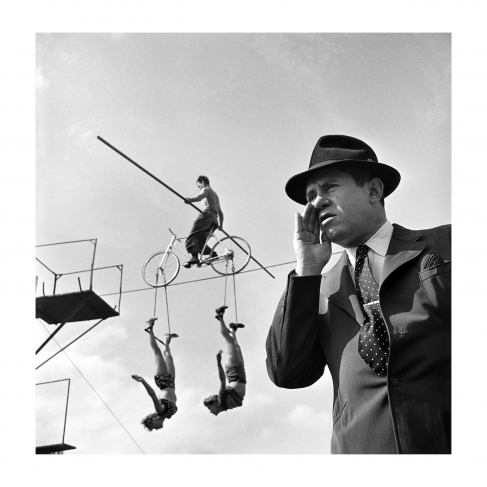
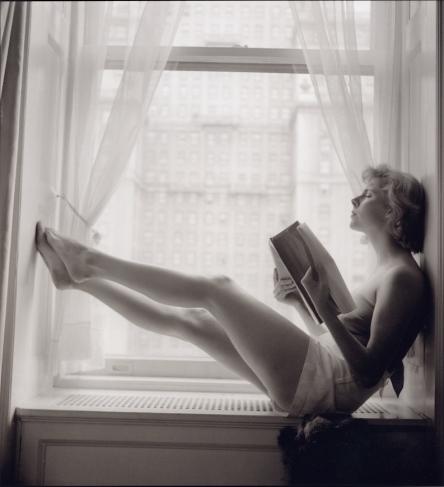
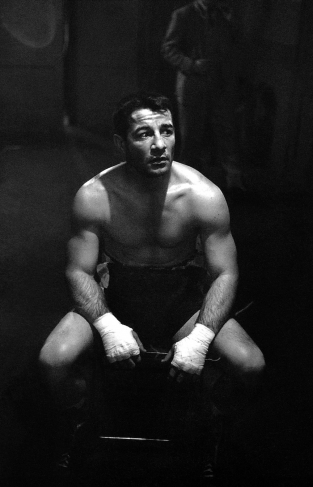
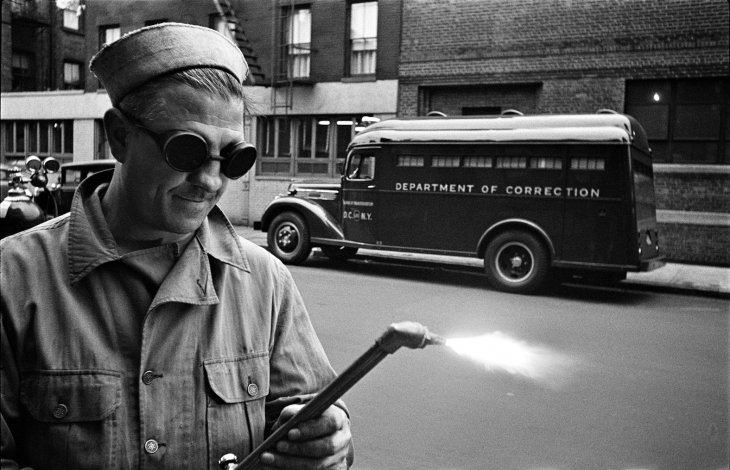
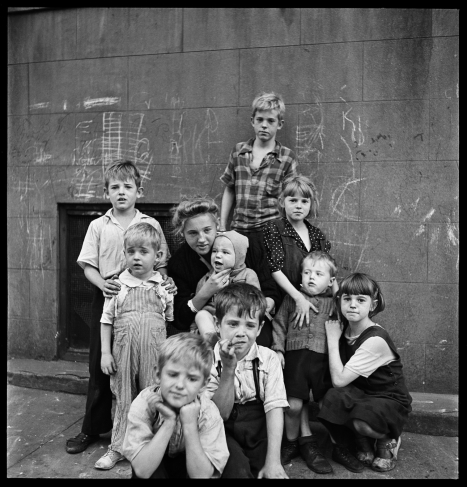
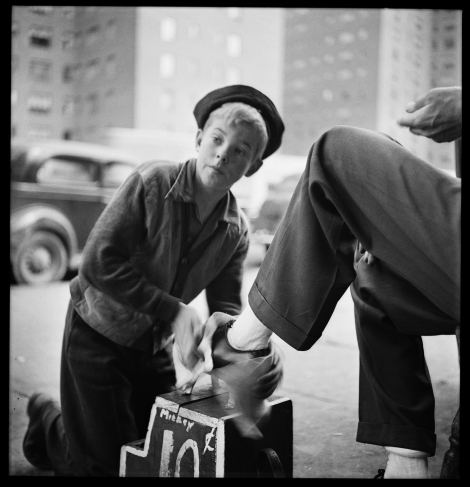
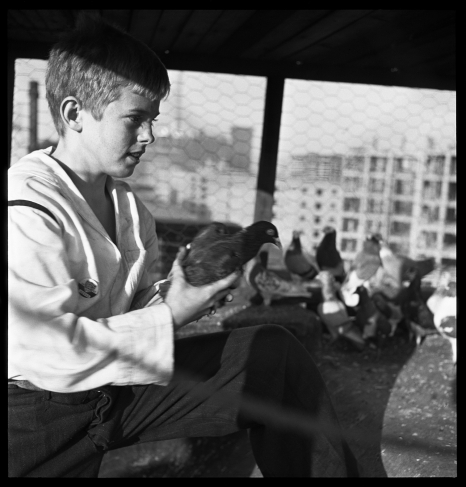
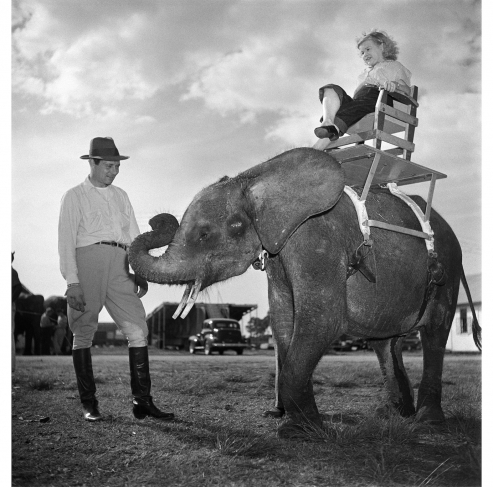
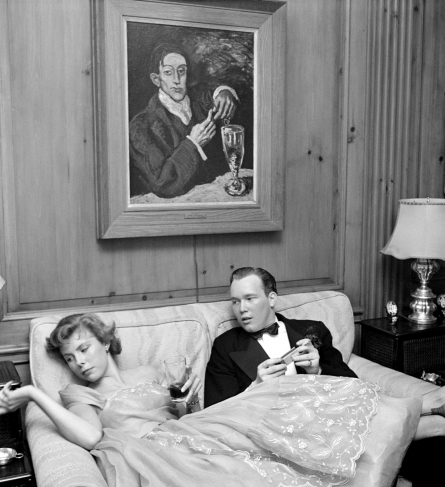

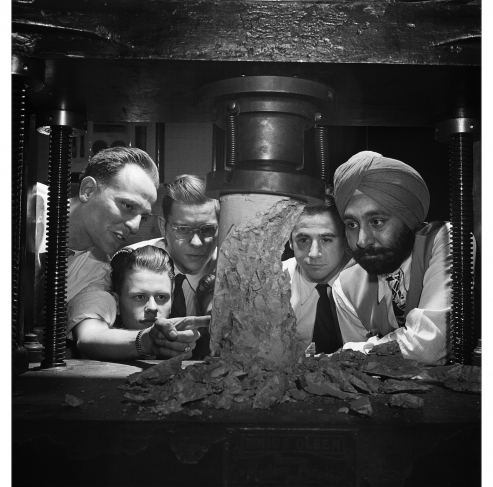


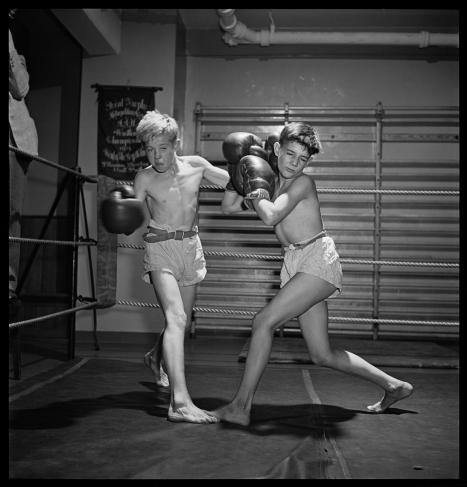
Stanley Kubrick. Circus. 1948. Rights of Reproduction: ICCARUS/Rainer Crone, Munich, Germany. Courtesy Library of Congress, Washington D.C. and Museum of the City of New York, New York City, United States
Stanley Kubrick. Betsy. 1950. Rights of Reproduction: ICCARUS/Rainer Crone, Munich, Germany. Courtesy Library of Congress, Washington D.C. and Museum of the City of New York, New York City, United States
Stanley Kubrick. Graziano. 1950. Rights of Reproduction: ICCARUS/Rainer Crone, Munich, Germany. Courtesy Library of Congress, Washington D.C. and Museum of the City of New York, New York City, United States
Stanley Kubrick. Paddy Wagon. 1948. Rights of Reproduction: ICCARUS/Rainer Crone, Munich, Germany. Courtesy Library of Congress, Washington D.C. and Museum of the City of New York, New York City, United States
Stanley Kubrick. Shoeshine Boy. 1947. Rights of Reproduction: ICCARUS/Rainer Crone, Munich, Germany. Courtesy Library of Congress, Washington D.C. and Museum of the City of New York, New York City, United States
Stanley Kubrick. Shoeshine Boy. 1947. Rights of Reproduction: ICCARUS/Rainer Crone, Munich, Germany. Courtesy Library of Congress, Washington D.C. and Museum of the City of New York, New York City, United States
Stanley Kubrick. Shoeshine Boy. Devecote. 1947. Rights of Reproduction: ICCARUS/Rainer Crone, Munich, Germany. Courtesy Library of Congress, Washington D.C. and Museum of the City of New York, New York City, United States
Stanley Kubrick. Circus. 1948. Rights of Reproduction: ICCARUS/Rainer Crone, Munich, Germany. Courtesy Library of Congress, Washington D.C. and Museum of the City of New York, New York City, United States
Stanley Kubrick. Betsy. 1950. Rights of Reproduction: ICCARUS/Rainer Crone, Munich, Germany. Courtesy Library of Congress, Washington D.C. and Museum of the City of New York, New York City, United States
Stanley Kubrick. Columbia. 1948. Rights of Reproduction: ICCARUS/Rainer Crone, Munich, Germany. Courtesy Library of Congress, Washington D.C. and Museum of the City of New York, New York City, United States
Stanley Kubrick. Columbia. 1948. Rights of Reproduction: ICCARUS/Rainer Crone, Munich, Germany. Courtesy Library of Congress, Washington D.C. and Museum of the City of New York, New York City, United States
Stanley Kubrick. Columbia. 1948. Rights of Reproduction: ICCARUS/Rainer Crone, Munich, Germany. Courtesy Library of Congress, Washington D.C. and Museum of the City of New York, New York City, United States
Stanley Kubrick. Columbia. 1948. Rights of Reproduction: ICCARUS/Rainer Crone, Munich, Germany. Courtesy Library of Congress, Washington D.C. and Museum of the City of New York, New York City, United States
Stanley Kubrick. Shoeshine Boy. Boxers. 1947. Rights of Reproduction: ICCARUS/Rainer Crone, Munich, Germany. Courtesy Library of Congress, Washington D.C. and Museum of the City of New York, New York City, United States
Moscow, 18.11.2011—26.02.2012
exhibition is over
Share with friends
Curator: Reiner Crone
The Multimedia Art Museum presents a unique series of photographs by legendary 20th-century film director Stanley Kubrick, exhibited for the first time in Moscow. Some 200 of the images he produced for Look magazine in the 1940s convey New York's distinctive atmosphere, compelling us to remember and reinterpret this cult director's superb films.
For the press
Stanley Kubrick (1928-1999), the 'professional illustrator of human nature', has long been recognised as one of the greatest directors in the history of cinematography. With his own brand of individuality, Stanley Kubrick embraced various film genres during his career: the epic ('Paths of Glory'), pacifist parable ('Full Metal Jacket'), psychological utopia ('A Clockwork Orange'), historical film ('Barry Lyndon'), science fiction ('2001: A Space Odyssey') and psycho-erotic drama ('Eyes Wide Shut'). Hundreds of thousands of articles have been written about Kubrick's work, thousands of research papers and hundreds of books. His films have been studied in great detail, but until now one aspect of the great director's talent has been largely ignored.
Few people know that Kubrick was a professional photographer. From his earliest years he was fascinated by photography and frame composition, and this gave rise to his passionate interest in films. From 1939 onwards he frequented screenings of American and European films at the Museum of Modern Art. Kubrick's determination and his idйe fixe about cinematography bordered on obsession.
One photograph in particular was seminal for Kubrick's career – taken on 12 April 1945, the day President Roosevelt died. Here formal refinement and classical composition emphasise emotional effect. The face of the newsvendor is framed by magazine covers with brightly-coloured photographs, giving the impression of one image superimposed on another. In this setting the elderly man becomes a symbol of the nation's grief and uncertainty, and the photograph achieves the status of an allegory.
At high school Kubrick was selected as official school photographer, and at 17 he began working for Look magazine, where he produced photo reportage about everyday life in New York, focusing his camera on stage shows, circuses, concerts, society figures, actors and musicians.
The photographs Kubrick took for the magazine are divided into thematic series including 'Etudes in the Subway', secretly taken with a shutter trigger concealed in his pocket (1946); the dramatic 'A Tale of a Shoeshine Boy' (1947); 'Family Circus' (1950), inspired by perspectives of Russian Constructivism and Bauhaus; 'Evening and Copacabana' (1948), revealing the backstage life of dancers; 'Aqueduct Hippodrome' (1947), showing one of America's favourite sports – racing; and many others.
Kubrick's most characteristic images, taken in the late 1940s, are found in the series 'Dialogues with Shadows'. Taken during theatre performances, these photographs show actors conversing with the shadows of others hidden outside the frame. Here we can recognise the fundamental elements of photography and cinematography – light, shadow and drama, and catch a glimpse of the brilliant filmmaker he would later become.
Nameless passers-by on the street were caught by Kubrick's lens, as well as the top celebrities of his time – the actress and social lioness Betsy von Furstenberg, composer and director Leonard Bernstein, Hollywood actor Montgomery Clift, and legends of world boxing Rocky Graziano and Walter Cartier.
The magazine printed Kubrick's images in various formats, and about 12,000 original negatives have been preserved (approximately 10% of the material photographed by Kubrick). They were uncovered by art historian Rainer Krone as he was researching Kubrick's photographic heritage at the Ohio Library of Congress and Museum of the City of New York archives, where two-thirds of the negatives from Look magazine have been kept since 1952.
Kubrick's studies put him on a par with such masters of photography as Walker Evans, Henri Cartier-Bresson, Robert Frank, Diane Arbus, Louis Faurer and, of course, William Eggleston. Careful examination of Stanley Kubrick's photographs helps us to reinterpret and maybe revise our perception of this great 20th-century master's work.
This exhibition, organised with the support of Volkswagen and MasterCard and presented by the International Centre for Curatorial Studies (ICCARUS), was shown in Paris, Cologne and Berlin before transferring to the Multimedia Art Museum in Moscow.
Stanley Kubrick's most famous films will be screened at the MAMM cinema during the exhibition.
MOSCOW GOVERNMENT
MOSCOW CITY DEPARTMENT OF CULTURE
MULTIMEDIA ART MUSEUM, MOSCOW/
MOSCOW HOUSE OF PHOTOGRAPHY MUSEUM
ICCARUS INTERNATIONAL CENTRE FOR CURATORIAL STUDIES (MUNICH)
present the exhibition
STANLEY KUBRICK: NARRATIVES IN HIS PHOTOGRAPHY
OF 1945 TO 1950
Curator: Rainer Crone
Strategic partners of the museum: Volkswagen, MasterCard
With the support of GQ magazine
The Multimedia Art Museum presents a unique series of photographs by legendary 20th-century film director Stanley Kubrick, exhibited for the first time in Moscow. Some 200 of the images he produced for Look magazine in the 1940s convey New York’s distinctive atmosphere, compelling us to remember and reinterpret this cult director’s superb films.
Stanley Kubrick
Few people know that Kubrick was a professional photographer. From his earliest years he was fascinated by photography and frame composition, and this gave rise to his passionate interest in films. From 1939 onwards he frequented screenings of American and European films at the Museum of Modern Art. Kubrick’s determination and his idée fixe about cinematography bordered on obsession.
One photograph in particular was seminal for Kubrick’s career — taken on 12 April 1945, the day President Roosevelt died. Here formal refinement and classical composition emphasise emotional effect. The face of the newsvendor is framed by magazine covers with brightly-coloured photographs, giving the impression of one image superimposed on another. In this setting the elderly man becomes a symbol of the nation’s grief and uncertainty, and the photograph achieves the status of an allegory.
At high school Kubrick was selected as official school photographer, and at 17 he began working for Look magazine, where he produced photo reportage about everyday life in New York, focusing his camera on stage shows, circuses, concerts, society figures, actors and musicians.
The photographs Kubrick took for the magazine are divided into thematic series including ’Etudes in the Subway’, secretly taken with a shutter trigger concealed in his pocket (1946); the dramatic ’A Tale of a Shoeshine Boy’ (1947); ’Family Circus’ (1950), inspired by perspectives of Russian Constructivism and Bauhaus; ’Evening and Copacabana’ (1948), revealing the backstage life of dancers; ’Aqueduct Hippodrome’ (1947), showing one of America’s favourite sports — racing; and many others.
Kubrick’s most characteristic images, taken in the late 1940s, are found in the series ’Dialogues with Shadows’. Taken during theatre performances, these photographs show actors conversing with the shadows of others hidden outside the frame. Here we can recognise the fundamental elements of photography and cinematography — light, shadow and drama, and catch a glimpse of the brilliant filmmaker he would later become.
Nameless passers-by on the street were caught by Kubrick’s lens, as well as the top celebrities of his time — the actress and social lioness Betsy von Furstenberg, composer and director Leonard Bernstein, Hollywood actor Montgomery Clift, and legends of world boxing Rocky Graziano and Walter Cartier.
The magazine printed Kubrick’s images in various formats, and about 12,000 original negatives have been preserved (approximately 10% of the material photographed by Kubrick). They were uncovered by art historian Rainer Crone as he was researching Kubrick’s photographic heritage at the Ohio Library of Congress and Museum of the City of New York archives, where two-thirds of the negatives from Look magazine have been kept since 1952.
Kubrick’s studies put him on a par with such masters of photography as Walker Evans, Henri Cartier-Bresson, Robert Frank, Diane Arbus, Louis Faurer and, of course, William Eggleston. Careful examination of Stanley Kubrick’s photographs helps us to reinterpret and maybe revise our perception of this great 20th-century master’s work.
This exhibition, organised with the support of Volkswagen and MasterCard and presented by the International Centre for Curatorial Studies (ICCARUS), was shown in Paris, Cologne and Berlin before transferring to the Multimedia Art Museum in Moscow.

